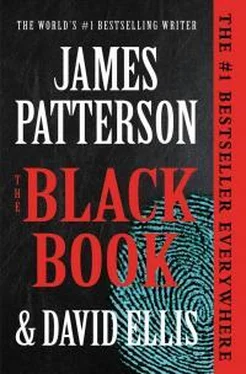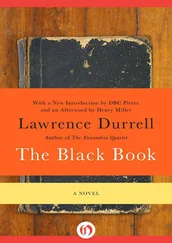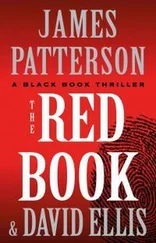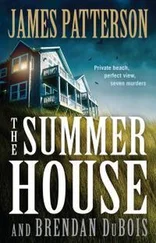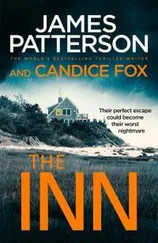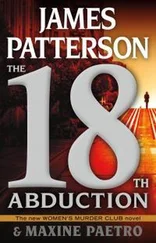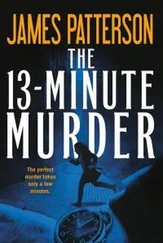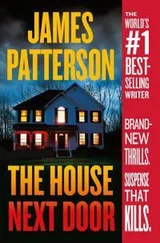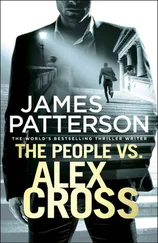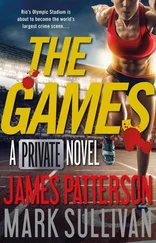“Fair enough,” she says. “But if your attitude ever adjusts, Detective, you’ve got my number. This time it will be off the record.”
She gives me one last come-hither glance and walks away.
Did she just come on to me?
Whatever. I’m not touching that hot stove. I’m done with dangerous women.
Never again.
Not for a few weeks, at least.
The truth is, in that particular department, I’m in a weird sort of limbo. My memory is back, which means my feelings for Amy have returned. I remember and feel it more than ever now, how deeply I cared for her.
But it feels like another life to me. Like she’s a warm, loving memory, but without the piercing heartache. It feels like I’m starting over now, a clean slate, for whatever that’s worth.
The crowd around me is filled with familiar faces, but in some ways foreign. There are nods and averted glances. Nobody knows how to deal with me. The scandal that has rocked the department will be felt for years. That’s because of me. Three very popular cops—Kate, Goldie, and my father—are gone now, and in different ways they’re all connected to me. I’m not exactly a pariah; nobody can really blame me for anything. But I’m a symbol of the disaster, the last remaining freight car in the train wreck.
My eyes fall on Lieutenant Paul Wizniewski, nursing a glass of rye at a table, the stub of an unlit cigar in his mouth. When our eyes meet, he pauses. Removes the cigar from his mouth. Takes a deep breath.
The Wiz will always be an insufferable, self-promoting jackass, but he wasn’t a crooked cop. I thought he was. And he thought I was. We were both reporting our findings to Goldie, the head of Internal Affairs. Goldie played each of us against the other, a virtuoso puppet show.
I nod to the Wiz. He nods back. We will never be bosom buddies, but there is room for both of us in the department.
And then I find myself climbing onto the stage and picking up the microphone.
I click the mike on and stare out at the crowd. It takes a while for the noise to die down, but eventually it does, a nervous stillness hanging in the air, all eyes on me, the comedian, the guy whose name they used to chant.
“I just want to be a cop again,” I say, surprising myself. “That’s all I ever wanted. You guys okay with that?”
Silence.
I don’t have anything else to say. I start to drop the mike, then I hear somebody in the crowd clap his hands.
Then someone else claps. Then others join in, a trickle of applause slowly gaining momentum.
Pretty soon they’re all on their feet, cheering and clapping. I wasn’t expecting a standing ovation, but I’m getting one.
I don’t know if I’m going to get back to where I was before this all happened. I’m not sure I want to. But wherever I am right now—a roomful of cops letting me know that I’m one of them again—is just fine with me for the present.
“Listen, I can’t stay long,” I say, raising a hand to quiet the crowd. “I’m meeting Margaret Olson for drinks later.”
They like that, howls of laughter. It probably helps that half of them can’t stand Maximum Margaret and the rest of them are so drunk they couldn’t spell their own names.
“Just kidding,” I say. “But I have to say, my love life is doing okay these days. I’m losing track of all the women. In fact, you know what I could use . . .”
I look out over the crowd.
“I could really use a little black book.”
Laughter, even louder, hoots and shouts.
“I’ve been looking all over for mine,” I say, “and I’ll be damned if I can find it.”
Detective Lindsay Boxer investigates the most explosive case of her career.
For an excerpt, turn the page.
Chapter 1
THAT MUGGY morning in July my partner, Rich Conklin, and I were on stake-out in the Tenderloin, one of San Francisco’s sketchiest, most-crime ridden neighborhoods. We had parked our 1998 gray Chevy sedan where we had a good view of the six-story apartment building on the corner of Leavenworth and Turk.
It’s been said that watching paint dry was high entertainment compared with being on stake-out, but this was the exception to the rule.
We were psyched and determined.
We had just been assigned to a counterterrorism task force; reporting both to Warren Jacobi, chief of police, and also Dean Reardon, deputy director of Homeland Security based in DC.
This task force had been formed to address a local threat by a global terrorist group known as GAR that had claimed credit for six sequential acts of mass terrorism in the last five days.
They were equal-ethnicity bombers hitting three holy places; a mosque, a cathedral. and a synagogue, as well as two universities and an airport, killing more than nine hundred people of all ages and nationalities in six countries.
As we understood it, GAR, “Great Anti-establishment Reset,” had sprung from the rubble of Middle Eastern terror groups. Several surviving leaders had swept up young dissidents around the globe, including significant numbers of zealots from Western populations who’d cut their baby teeth in virtuality.
The identities of these killers were undetectable within their home populations since GAR’s far-flung membership hid their activities inside the dark web, an internet underground perfect for gathering without meeting.
Still, they killed real people in real life.
And then, they bragged.
After a year of burning, torturing, and blowing up innocent victims, GAR published their mission statement. They planned to infiltrate every country, and bring down organized religion and governments and authorities of all types. Without a known supreme commander or national hub, blocking this open-source terrorism had been as effective as grasping poison gas in your hand.
Due to GAR’s unrelenting murderous activities, San Francisco, like most large cities, was on high alert on that Fourth of July weekend.
Conklin and I had been told very little about our assignment, only that one of the presumed GAR chiefs, known to us as “J.,” had recently vaulted to the number one spot on our government’s watch list.
Over the last few days, J. had been spotted going in and out of the dun-colored tenement on the corner of Turk and Leavenworth, the one with laddered fire escapes on two sides and a lone tree growing out of the pavement beside the building’s front door.
Our instructions were to watch for him. If we saw him, we were to report his activities by radio even as eyes in the skies were on this intersection from an AFB in Nevada or Arizona or Washington, DC.
When a male figure matching the grainy image we had of a bearded man, hat shading his face, five foot nine, left the dun-colored apartment building, we took note.
And when this character crossed to our side of the street and got into a white refrigerator van parked in front of the T.L. Market and Deli, we phoned it in.
Conklin and I have been partners for five years and can almost read each other’s minds. We looked at each other and knew that we couldn’t just watch a suspected terrorist pull out into our streets without doing something about it.
I said, “Following is watching.”
Rich said, “Just a second, Lindsay. Okay?”
His conversation with the deputy was short. Rich gave me the thumbs up and I started up the car. We pulled out two cars lengths behind the white van driven by a presumed high-level terrorist known as J.
Chapter 2
I EDGED our shark-like Chevy along Turk toward Hyde staying just far enough behind J.’s van to stay out of his rear view, while keeping an eye on him, until I lost the van at a stop light on 10th Street. I had to make a split second decision whether or not to run the light.
Читать дальше
